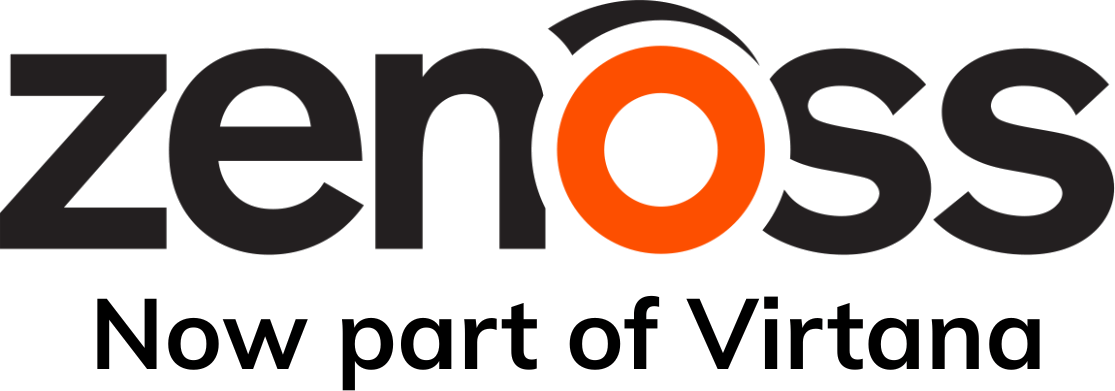Walking through the RDU airport last night, I saw a corporate poster advertising server rack power equipment with bullets for PDUs, power meters, remote power management, and environmental monitoring probes. It reminded me of just how complex data center design can be and how much detailed domain knowledge is needed.
The rapid adoption of converged infrastructure is a direct reaction to this complexity. More than 17,000 Cisco UCS, NetApp FlexPod, VCE Vblock, and EMC VSPEX converged infrastructure installations worldwide illustrate the success, and many more from HP, IBM, Dell, Oracle, and others.
In the interview attached to this blog article, I talk about the technical and business benefits of using converged infrastructure and touch on a few of the obstacles. Companion articles will take a deeper dive, point by point.
httpvh://youtu.be/wI40qXR_A3Y
The technical benefits of converged infrastructure – proven design, rapid provisioning, and single point of support – are usually what I hear customers talking about. And these are direct responses to the technical complexity of the data center. The great thing about these is that they come out-of-the-box. As soon as you make the decision to implement a converged infrastructure, you’re using a proven design supported by a single company. And whether you’re using a reference architecture like Cisco VMDC or a packaged design like Vblock you can work with a VAR to order a fully configured system and get a fully working combination of storage, compute, virtualization, and network.
However, technical staff rarely talks about the business benefits that lead to the converged infrastructure discussion. These are critical when it comes to integrating the system into existing IT processes, so let’s review them.
1) Business Agility
First, organizations are looking for the ability to rapidly add IT services to support new business needs. That’s what “agility” means. And here’s the first challenge with converged infrastructure. Sure you can provision and add a new virtual machine, but how long does it take to define and add performance KPI monitoring, to set up availability monitoring, to tie it into a service desk, etc.? Until new applications are added to IT processes you’re not ready to support them in production. Converged infrastructure systems typically leave IT process integration as an exercise for the user. Painful.
2) Service Delivery
The second business benefit is the ability to provide quality customer service. ‘Customers’ isn’t a word that everybody uses, of course. I’m referring to the people who care about the applications that are running in the converged infrastructure. Cloud providers call them tenants. I’ve heard organizations call them business users or refer to applications or services or application servers. Whatever you call them, they’re the people that pick up the phone to call you when things aren’t working right.
And your customers are nervous about moving to converged, shared infrastructure. They’re used to dedicated servers and the ability to touch what they’re paying for. If you want to keep them happy you need to ensure that you’re able to deliver the same level of information. Is my application running? Why not? Am I getting the resources my application needs to run?
In a converged infrastructure you probably get separate management programs for each technical silo. And none of them know about customers. How are you going to show your customers the information they’re looking for?
3) Cost Management
And the final business benefit is cost management. For many of us, it’s the primary concern! And converged infrastructure is, face it, generally more expensive up front than a set of gray-box servers. But you save money overall. Deploying only the resources needed, redeploying existing resources to meet changing needs, and automating provisioning/de-provisioning activities against a known configuration end up creating major savings over time. Of course, performing these activities successfully takes information. You’ll need to know resource use by component within an application, for example. And a way of tracking which resources are being used by each customer.
Zenoss is a perfect tool for helping turn the initial technical benefits of converged infrastructure into long term business benefits. Stick with me in this series of articles and learn how!












